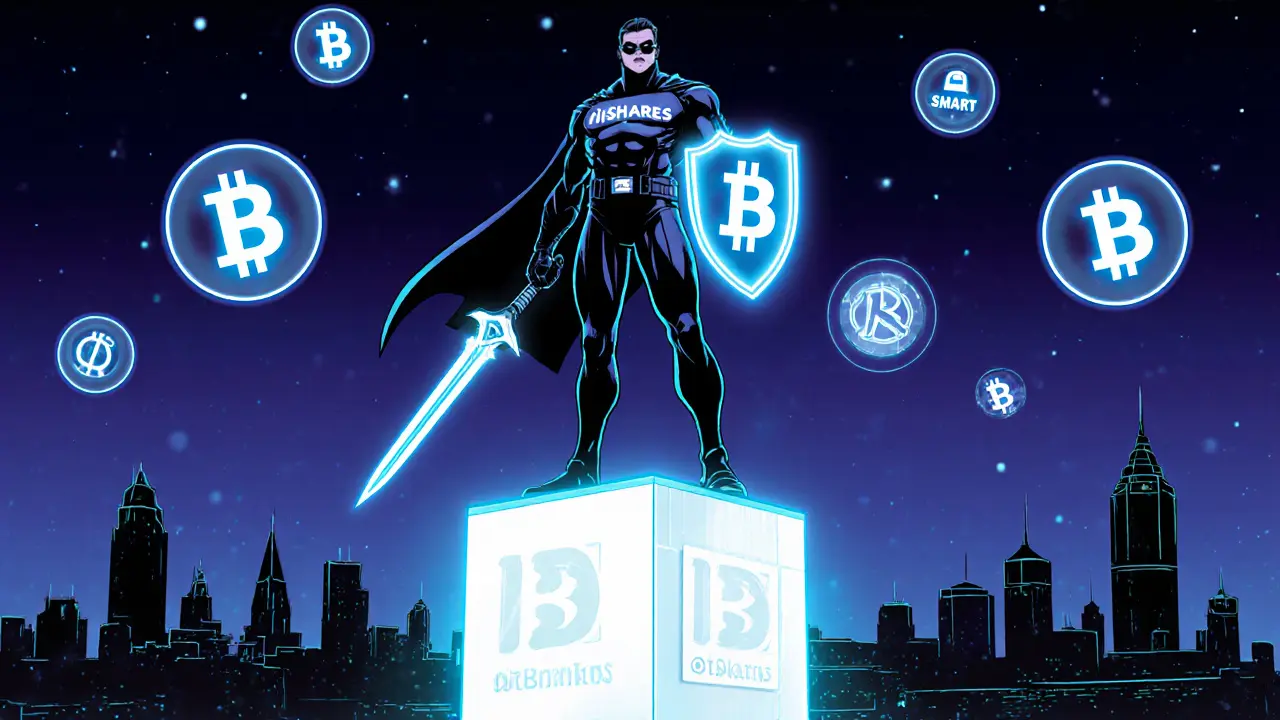When you hear DeFi, decentralized finance – a system that lets anyone trade, lend, or earn on blockchain without a bank, also known as Decentralized Finance, you might think it’s just hype. In reality, it’s a full‑stack shift from old‑school finance to open, programmable money. It touches everything from how you stake tokens to how new projects raise funds. Below, we’ll walk through the core ideas, tools, and trends that keep the DeFi engine humming.
One of the hottest developments is Modular blockchain architecture, a design that splits execution, consensus, data availability, and settlement into separate layers. This split lets developers scale faster and reduces bottlenecks. In simple terms, think of a Lego set where each piece can be upgraded without rebuilding the whole tower. DeFi benefits because faster, cheaper layers mean more users can interact without waiting for minutes‑long transaction confirmations.
Another engine of growth is the Airdrop, a token distribution method where projects give free coins to qualifying wallets. Airdrops reward early adopters, generate buzz, and seed liquidity. They’re not just giveaways; they’re a strategic way to bootstrap network effects. When a new DEX launches, an airdrop can flood the platform with active users who start trading right away.
Understanding value in DeFi also means mastering the Cryptocurrency market cap, the total dollar value of all coins in circulation for a given asset. Market cap helps investors compare size, risk, and growth potential across tokens. A large‑cap coin like Bitcoin offers stability, while a mid‑cap DeFi token might signal untapped upside. Seeing how market cap shifts after an airdrop or a layer‑2 upgrade can reveal hidden opportunities.
All these pieces—modular design, airdrops, and market cap—don’t exist in a vacuum. DeFi requires regulatory clarity, especially when exchanges want to list new tokens. That’s where exchange licensing comes in. Different countries have their own rules about who can operate a crypto exchange, how much capital they need, and what AML/KYC procedures must be followed. A clear licensing path makes it easier for DeFi projects to reach mainstream users and for traders to trust the platforms they use.
Putting the pieces together, we get a clear picture: DeFi encompasses modular blockchain architecture, relies on airdrops for community building, uses market cap as a health indicator, and is shaped by exchange licensing frameworks. Each element pushes the ecosystem forward, and each also creates new challenges that developers must solve.
In practice, you’ll see these ideas pop up across our article collection. Want to see how modular chains are being built? Check out the piece on next‑gen blockchain layers. Curious about the latest airdrop mechanics? Our guides break down eligibility, steps, and risk management. Looking for a quick way to gauge a token’s size? We’ve got a market‑cap calculator tutorial. And if you’re wondering how to navigate licensing in Indonesia or Thailand, we’ve mapped the exact steps you need.
Beyond theory, the real value comes from actionable insights. For example, pairing a modular rollup with a well‑timed airdrop can dramatically lower entry barriers while boosting transaction throughput. Or, using market‑cap trends to spot undervalued DeFi protocols before they get listed on a licensed exchange can deliver strong returns. These are the kinds of strategies we explore in depth across the posts below.
Each article also highlights the risks. A poorly designed modular layer can expose contracts to new attack vectors. An airdrop that lacks proper vetting may attract scammers. Market‑cap numbers can be misleading if token supply is highly inflationary. And licensing gaps can lead to sudden exchange shutdowns, wiping out user funds. Understanding both upside and downside is essential for anyone serious about DeFi.
So, whether you’re a beginner just hearing about DeFi, a developer building the next modular protocol, or an investor hunting the next big airdrop, this collection gives you a balanced view. You’ll walk away with a solid grasp of how the ecosystem works, what tools you need, and where the biggest opportunities lie today.
Ready to dive deeper? Below you’ll find a curated set of articles that walk through each of these topics step by step, offering both the big picture and the nitty‑gritty details you need to trade smarter, build faster, and stay ahead of the curve.

A concise review of ioBanker DEX covering its features, fees, security, and who should use it in 2025.

A clear, up‑to‑date guide on Giddy (GIDDY) crypto coin, covering its wallet features, market data, competitor comparison, and step‑by‑step onboarding.

Explore why the RadioShack crypto exchange on Fantom doesn't exist, learn about real Fantom DEXs, and get a safety checklist for secure crypto trading.